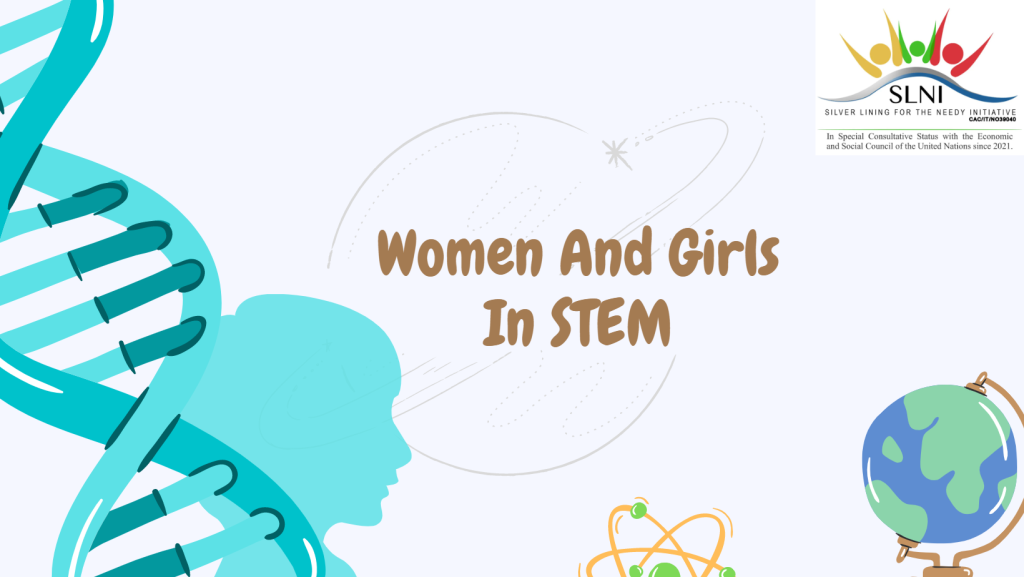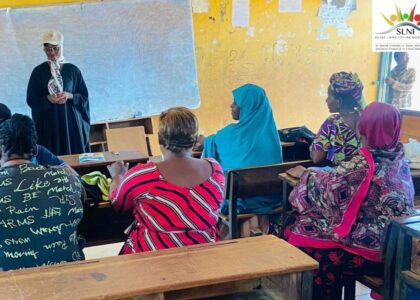
By: Yahaya Halima Urah
Women make up only 28% of the workforce in science, technology, engineering, and math (STEM), and men vastly outnumber women majoring in most STEM fields in college. The gender gaps are particularly high in some of the fastest-growing and highest-paid jobs of the future, like computer science and engineering.
Numerous overlapping factors affect girls’ access to, achievement in, and completion of education. One area of longstanding concern is the low rate of female participation in science, technology, engineering, and mathematics (STEM) studies and, consequently, STEM careers.
As children, boys and girls often have similar amounts of interest in and similar performances in STEM fields. But by the time they reach adolescence, girls often lose that interest due to societal pressure.
This is an issue because STEM fields suffer without women. “Blind spots” develop in industries with little to no diversity; for example, journalist Criado Perez discovered that because most medical data around heart attacks focused on male symptoms, clinicians often missed heart attack cases in women.
The number of women in science and engineering is growing, yet men continue to outnumber women, especially at the upper levels of these professions. In elementary, middle, and high school, girls and boys take math and science courses in roughly equal numbers, and about as many girls as boys leave high school prepared to pursue science and engineering majors in college. Yet fewer women than men pursue these majors. By graduation, men outnumber women in nearly every science and engineering field, and in some, such as physics, engineering, and computer science, the difference is dramatic, with women earning only 20 percent of bachelor’s degrees.
STEM is catalytic for the attainment of the 2030 Agenda for Sustainable Development. They are important drivers of innovation, proposing new approaches and solutions to tackle existing and emerging challenges to sustainable development, inclusive growth, and social well-being.
STEM careers are considered “the job’ of the future; the European Parliament forecasts around 7 million new STEM jobs by 2025 in Europe alone. To achieve STEM’s potential, boys and girls, men and women need equal access to STEM education and careers. To ensure inclusive growth and sustainable development for all, girls and women must be provided with equal opportunities to participate in and benefit from STEM.




